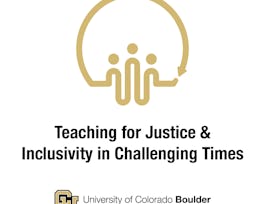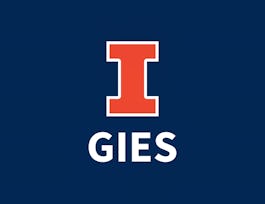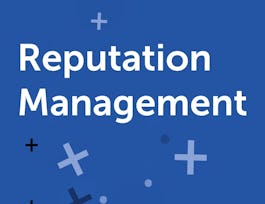In Take Action, you will learn four strategies for transforming your activist work into policy change. First, we'll explore how to use the courts to mobilize constituents, raise awareness, gain information, and change the law. Second, we'll analyze the benefits of communicating your message across platforms and review a case study in cross-platform communication of a criminal justice reform message in the U.S. Third, we'll examine how to connect to power through stakeholder analysis and issue framing. Fourth, we'll appraise the benefits of working locally to generate wins, gain knowledge, and create meaningful change.



Details to know

Add to your LinkedIn profile
2 assignments
See how employees at top companies are mastering in-demand skills


Earn a career certificate
Add this credential to your LinkedIn profile, resume, or CV
Share it on social media and in your performance review

There are 6 modules in this course
This section will offer an overview the course and some of the key concepts that we use to talk about policymaking. It will also introduce the Connected Stakeholder Model as a way to understand how advocates can influence policymakers.
What's included
4 videos2 readings
In this module we'll learn why the courts matter and how to use them, and then we'll look at the specific case of how courts get used to change policy related to the environment.
What's included
5 videos8 readings2 assignments1 peer review
This module talks about the importance of reaching diverse audiences with your message and using different communication platforms to reach different audiences.
What's included
4 videos7 readings2 peer reviews
This module helps teach how to identify important stakeholders, how to frame our issue in ways that they will understand and support, and how to spread our policy issues to diverse audiences.
What's included
4 videos7 readings2 peer reviews
Our final module will take what we've learned so far and apply it in our local context. We'll think about "working locally" in two different ways: (1) addressing the local issue that we care about and then scaling our policy solution to the regional, national, and even global levels, and 2) finding a local way to influence the "big" issue that we care about.
What's included
4 videos6 readings2 peer reviews
In this final module, you'll tie everything together, making a plan to turn the issue that YOU care about from protest into policy.
What's included
2 videos1 peer review
Instructors


Offered by
Recommended if you're interested in Governance and Society

University of Colorado Boulder

University of Illinois Urbana-Champaign

Erasmus University Rotterdam
Why people choose Coursera for their career





Open new doors with Coursera Plus
Unlimited access to 7,000+ world-class courses, hands-on projects, and job-ready certificate programs - all included in your subscription
Advance your career with an online degree
Earn a degree from world-class universities - 100% online
Join over 3,400 global companies that choose Coursera for Business
Upskill your employees to excel in the digital economy
Frequently asked questions
Access to lectures and assignments depends on your type of enrollment. If you take a course in audit mode, you will be able to see most course materials for free. To access graded assignments and to earn a Certificate, you will need to purchase the Certificate experience, during or after your audit. If you don't see the audit option:
The course may not offer an audit option. You can try a Free Trial instead, or apply for Financial Aid.
The course may offer 'Full Course, No Certificate' instead. This option lets you see all course materials, submit required assessments, and get a final grade. This also means that you will not be able to purchase a Certificate experience.
When you purchase a Certificate you get access to all course materials, including graded assignments. Upon completing the course, your electronic Certificate will be added to your Accomplishments page - from there, you can print your Certificate or add it to your LinkedIn profile. If you only want to read and view the course content, you can audit the course for free.
You will be eligible for a full refund until two weeks after your payment date, or (for courses that have just launched) until two weeks after the first session of the course begins, whichever is later. You cannot receive a refund once you’ve earned a Course Certificate, even if you complete the course within the two-week refund period. See our full refund policy.



